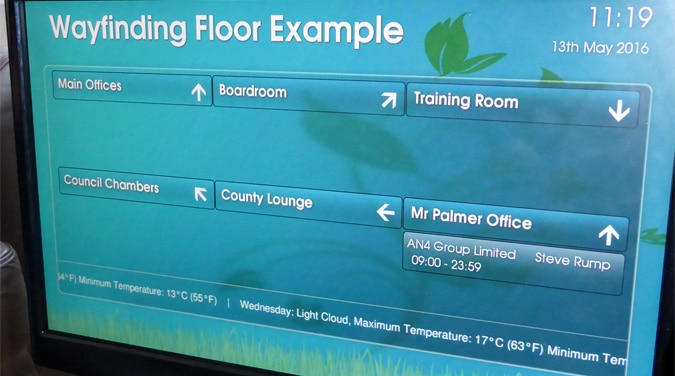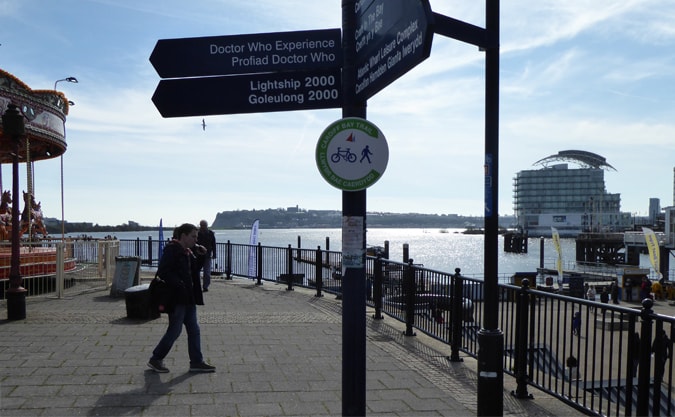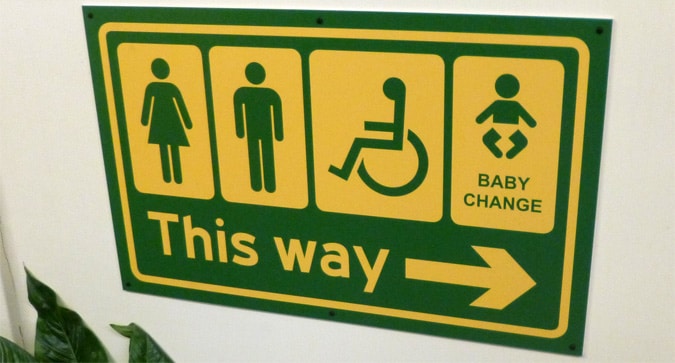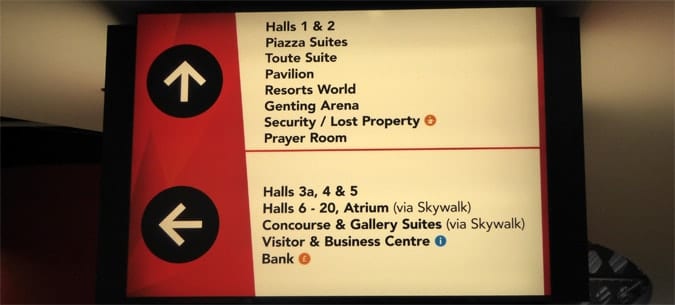Last Updated on June 8, 2023
Making it easy for visitors and tourists to navigate your location, means a better user experience (UX). It also though, means opportunities for increased tourist spending, and this for you, means the chance to drive revenue up.

Below we look at classic ways in wayfinding that you can use routes and how you manage them for guiding Chinese Visitors from China, Asia.
Table of Contents
Visitor Numbers
The Chinese tourism market is booming as the fastest-growing outbound market in the world, hence it is not hard to see why this market is becoming an important one for any company in the UK that can benefit from tourism expenditure.
France still attracts almost ten times the number of Chinese visitors than the UK, so certainly there is a lot of room for growth.
The visitor numbers nonetheless have increased at a fast pace in the last few years, with visitor numbers doubling in the last 5 years, going from 109,000 up to over 200,000 a year.
The spending power of these visitors also makes a definite potential market for British airports, hotels, attractions, and retail outlets, for those who choose to adapt and welcome Chinese visitors.
On a global scale, Chinese tourists are now the biggest spending globally, spending over 60 billion pounds sterling a year.
Helping Chinese Tourists
The Chinese market will get significantly bigger in the coming decade and those stakeholders who make an effort to understand the Chinese market and people will have the best chance to turn this into an economic opportunity.
If you have one specific part of the airport only, through which Chinese passengers travel be it for certain months of the year, why not, for example, create welcome signs in Mandarin and also have toilet signs with Chinese writing (even if temporary signage is used).
The provision of pre-arrival information is a powerful tool through social media and your own Chinese language-based website. Let me explain more below:
- Why not follow the lead set by Singapore Changi Airport and create a sub-part of your airport site to specifically target Chinese visitors? Provide not only wayfinding information such as how to get into the local city and how to get around the airport, but provide shopping information and answer genuinely useful questions to offer a strong service.
- Try to have downloadable and printable maps (of your terminals, retail outlets and so on if an airport) and try to have a facility that guides users to ask questions about your specific location (i.e. airport). Having a Chinese-speaking member of staff can often prove to be financially viable.
Below we look at some ways in which you can make it easier for Chinese visitors.
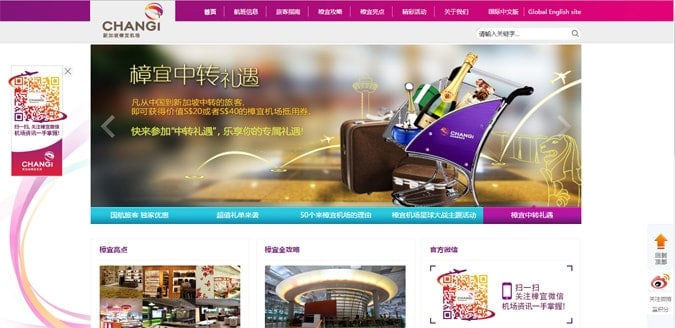
- Consider creating an app in one of the main Chinese languages i.e. Mandarin. Apps are relatively easy and inexpensive to make these days and this is an easy opportunity to build rapport with Chinese travelers navigating through your airport, to your hotel, etc. Use the app to explain where your retail outlets are and how to find them i.e. with a simple map.
- A large percentage of Chinese visitors speak very little English (or other European languages). Anything you can possibly do to create a sense of comfort and ease for them can go a long way.
- Travel agents are popular in China in the way in which they were in the UK in the 1970s and 1980s. International is new to many people in China and thus many travelers take comfort in having the trip packaged and organized for them. The language issue also plays into this. You might want to engage with travel agents and who deal with the Chinese market.
Quick Tips to Get Started
- Where practical, ensure that you have at least one member of staff who speaks Mandarin or Cantonese.
- Try to make sure that you have a ‘China UnionPay’ (CUP) facility or facilities for Chinese visitors. CUP is the one overall bank card system for China. Providing a CUP facility is worth doing if you can.
- Have wayfinding signage (temporary ones if needed) that you can place specifically in locations that would help to specifically target the arriving inbound Chinese visitors.
- Consider providing a guidebook in Mandarin or Cantonese (or both) and hand it to arriving visitors. You may wish to highlight sales opportunities in these guides.
- If you are an airport, consider creating a social media presence on Chinese sites to promote your services specifically to the Chinese market. Many hotels and airlines already do this quite successfully (see this Qatar Airways example). Remember also that China has the largest number of internet users in the world!
- Consider having a Chinese presence in China. Buying a dot.cn domain is quite easy and you can create a very basic website quite easily. Target the main Chinese search engine http://www.baidu.com/ in terms of online marketing.
- Offer Chinese visitors quality products. In general terms, Chinese tourists to Europe tend to be keen on buying high-quality products i.e. with a focus on quality rather than low or high costs. High-quality branded products can be particularly attractive to this market.
- Do not forget that the number 4 is considered unlucky in many Asian countries, much like the number 13 is considered unlucky in the West. Over the number 4 in the wrong places and you might drive potential customers away and lose the increased tourist spending opportunities.
- Chinese visitors tend to spend heavily on luxury goods and items. As an airport, you might want to combine the passenger flow areas for Chinese passengers with high-end boutique-style shopping, with quality goods on sale.
- You might want to utilize opportunities (where it does not interfere with directional signage) to sell advertising space for high-end and luxury products and stores which are targeting Chinese expenditure.
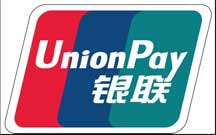
Further Information
Dr Paul Symonds has a PhD in Wayfinding from Cardiff Metropolitan University in the UK. Paul works with the signage industry, airports and other locations providing wayfinding audits, consultancy and training.



